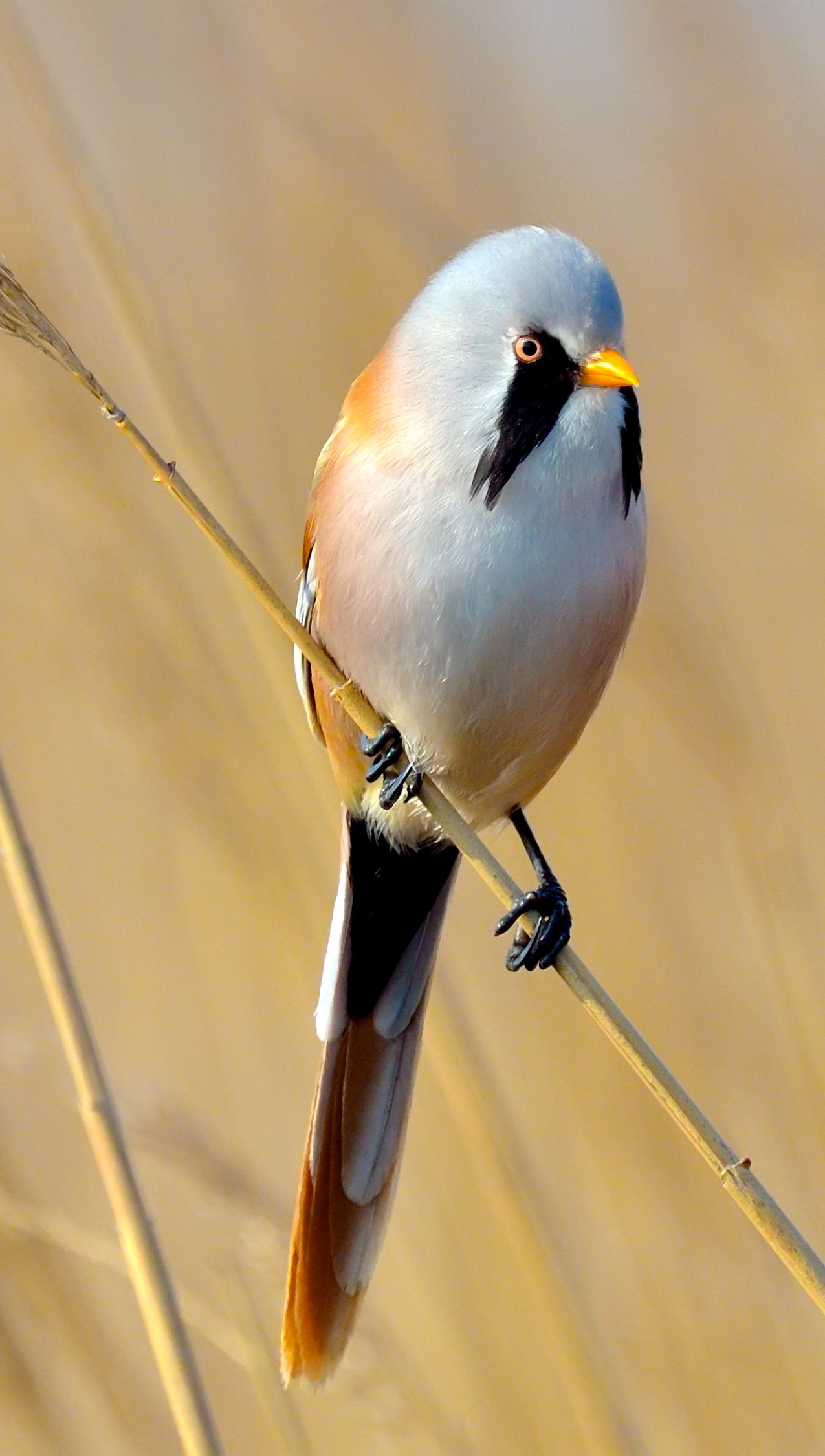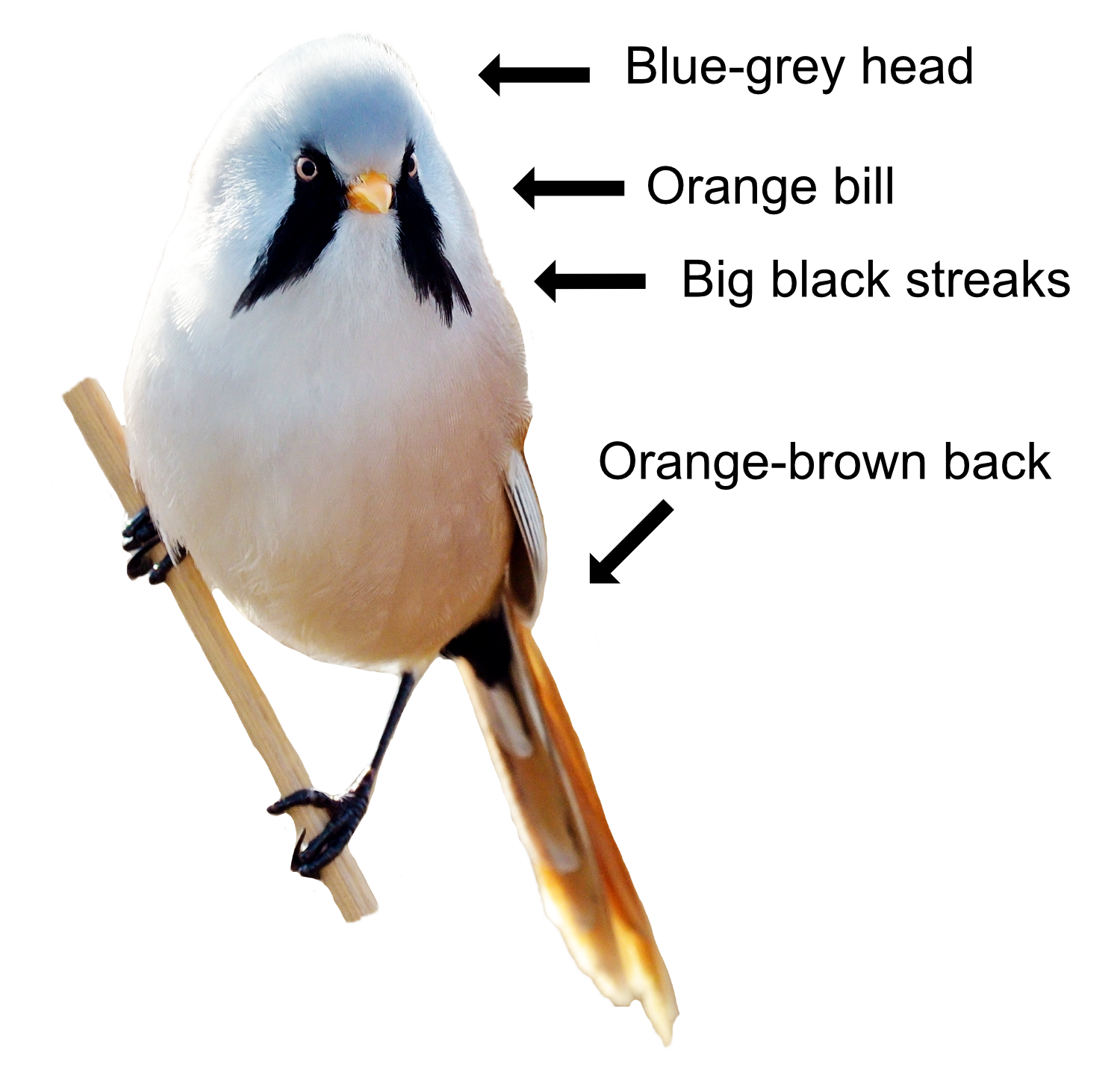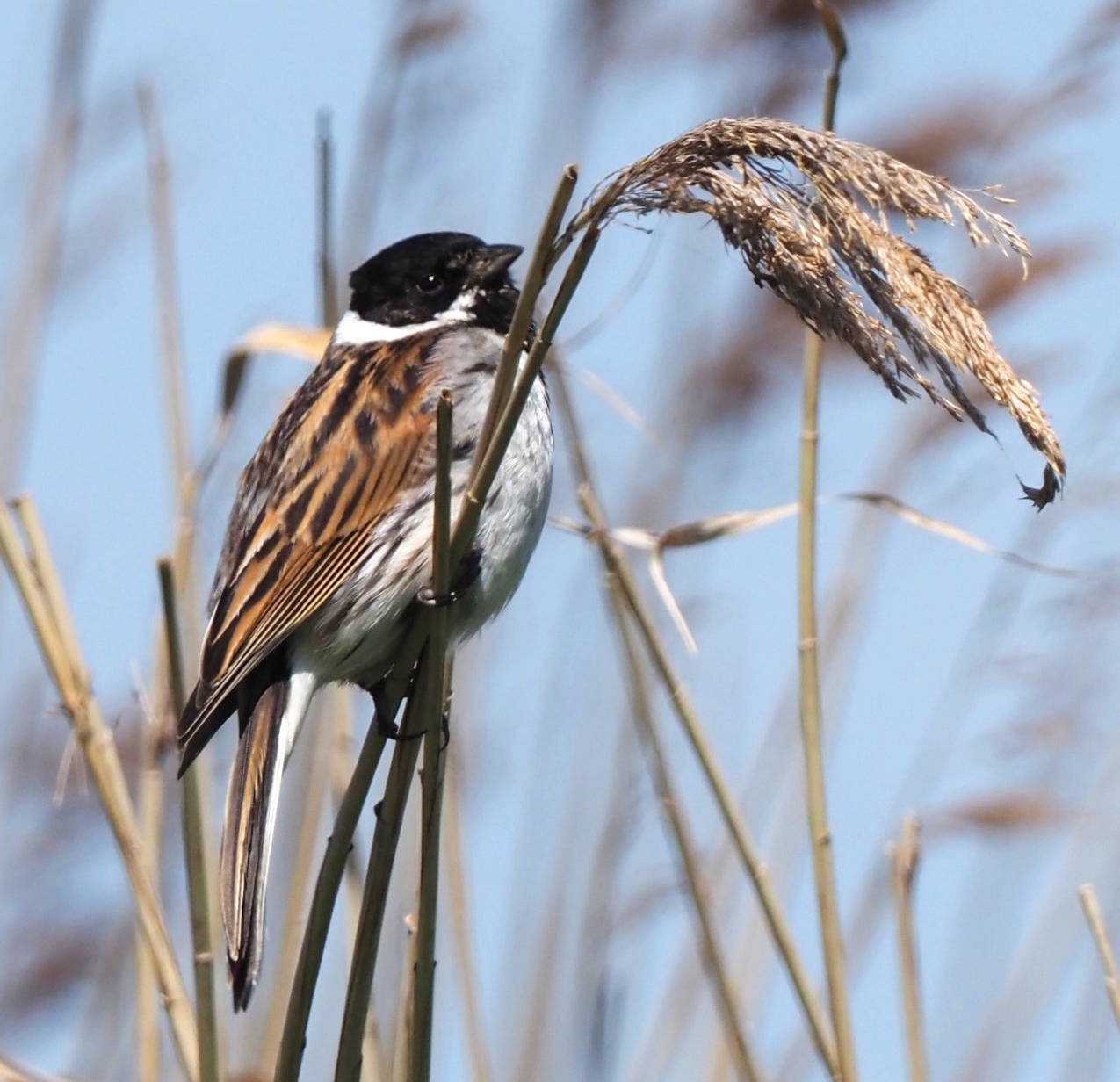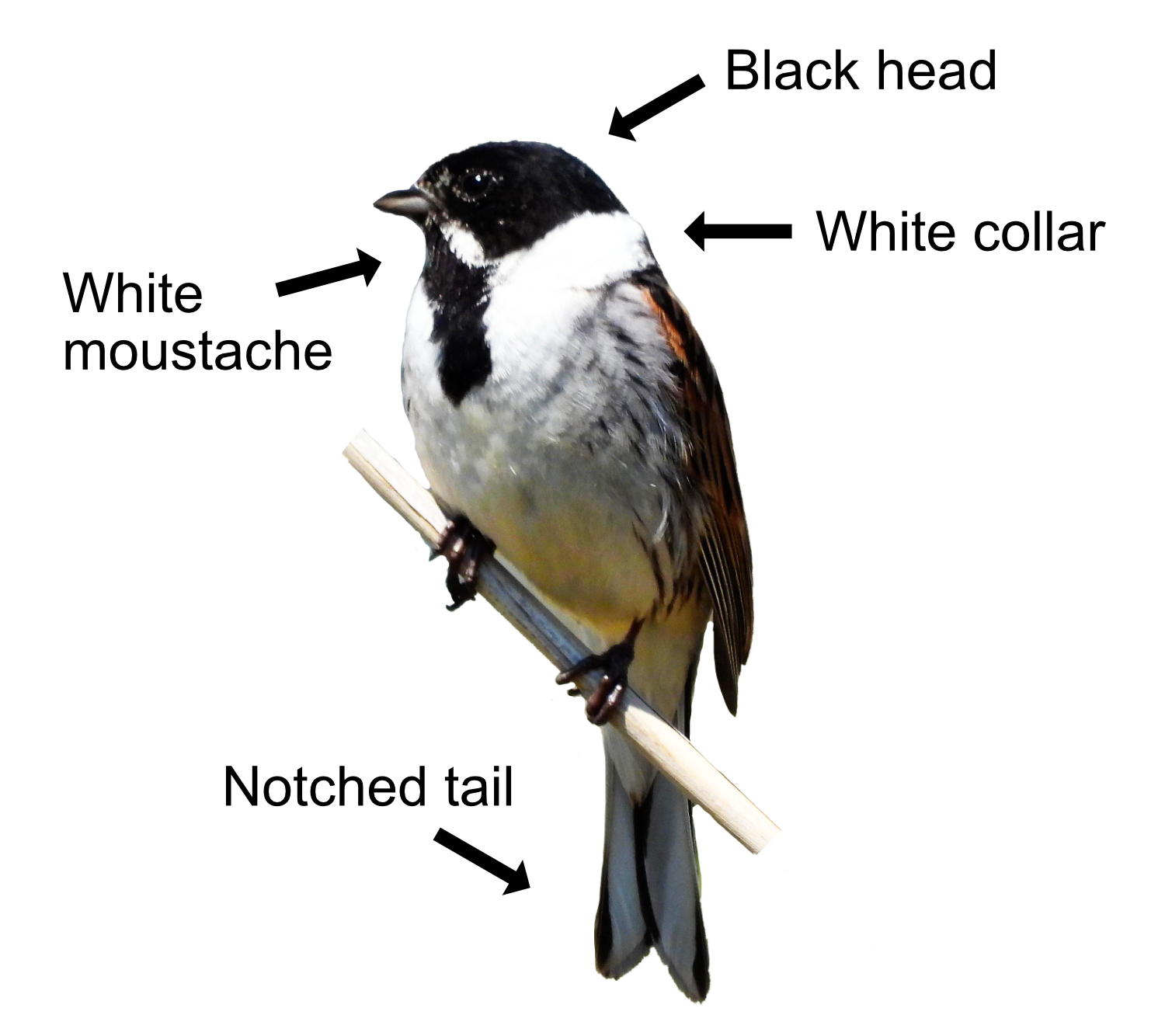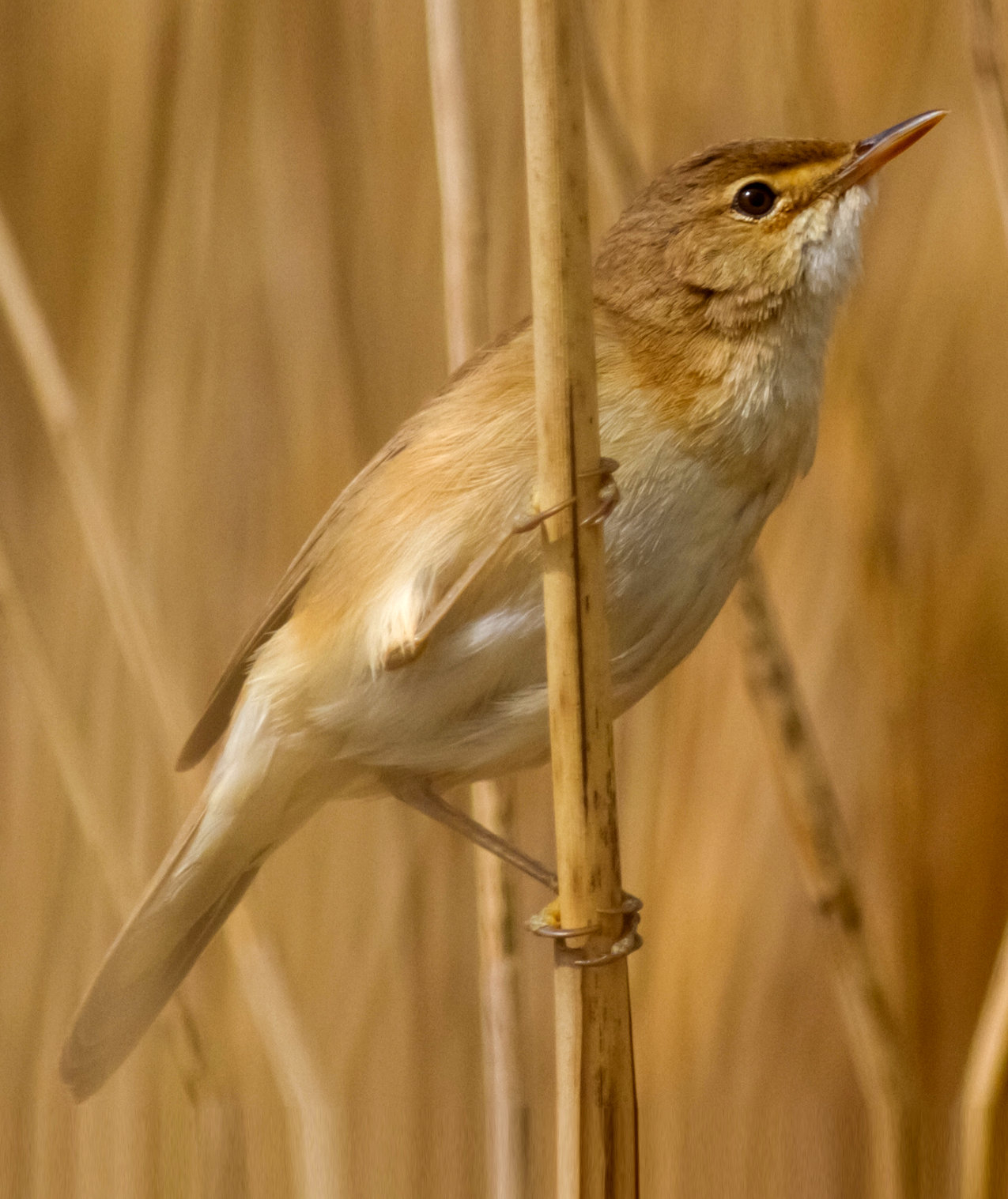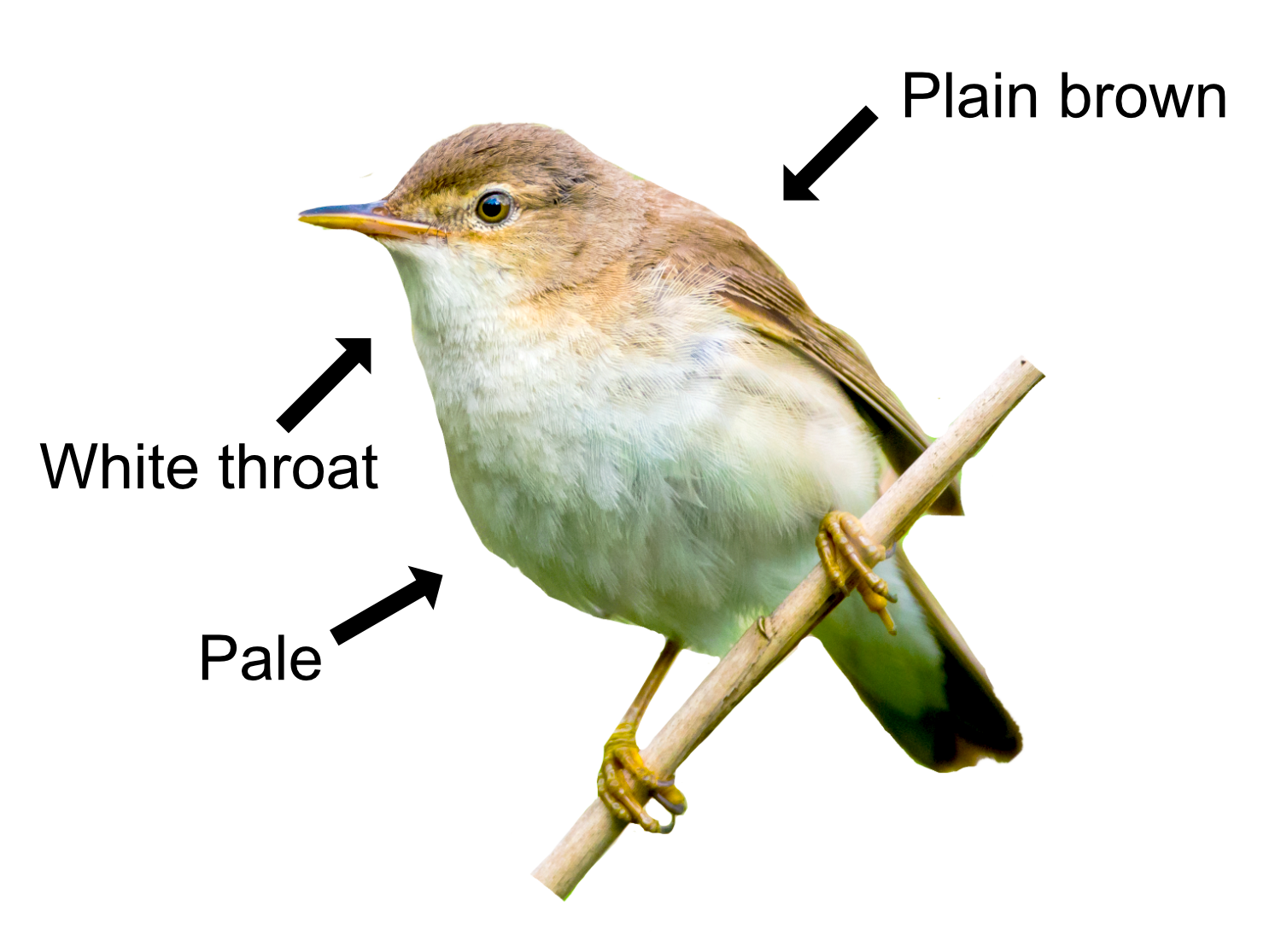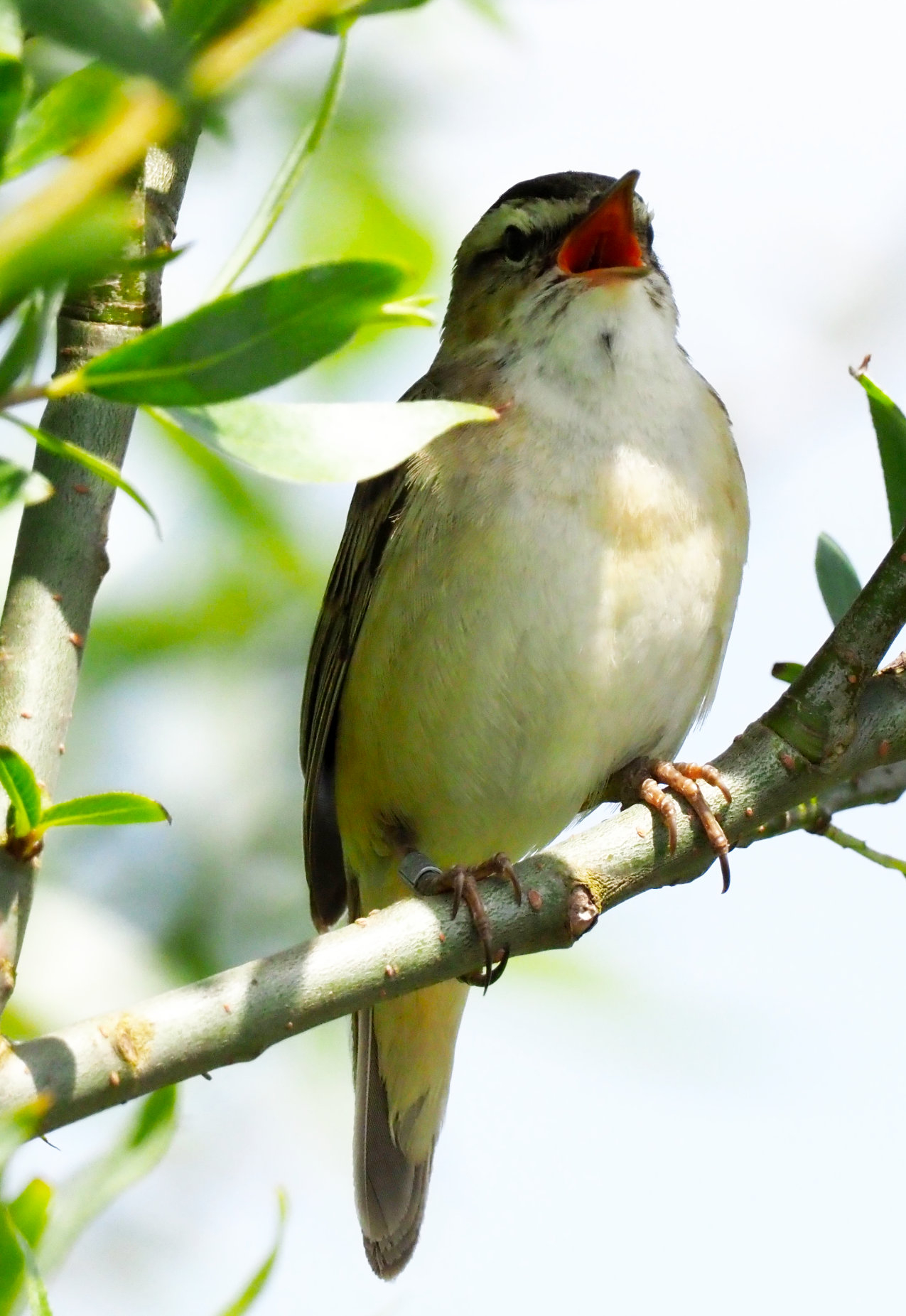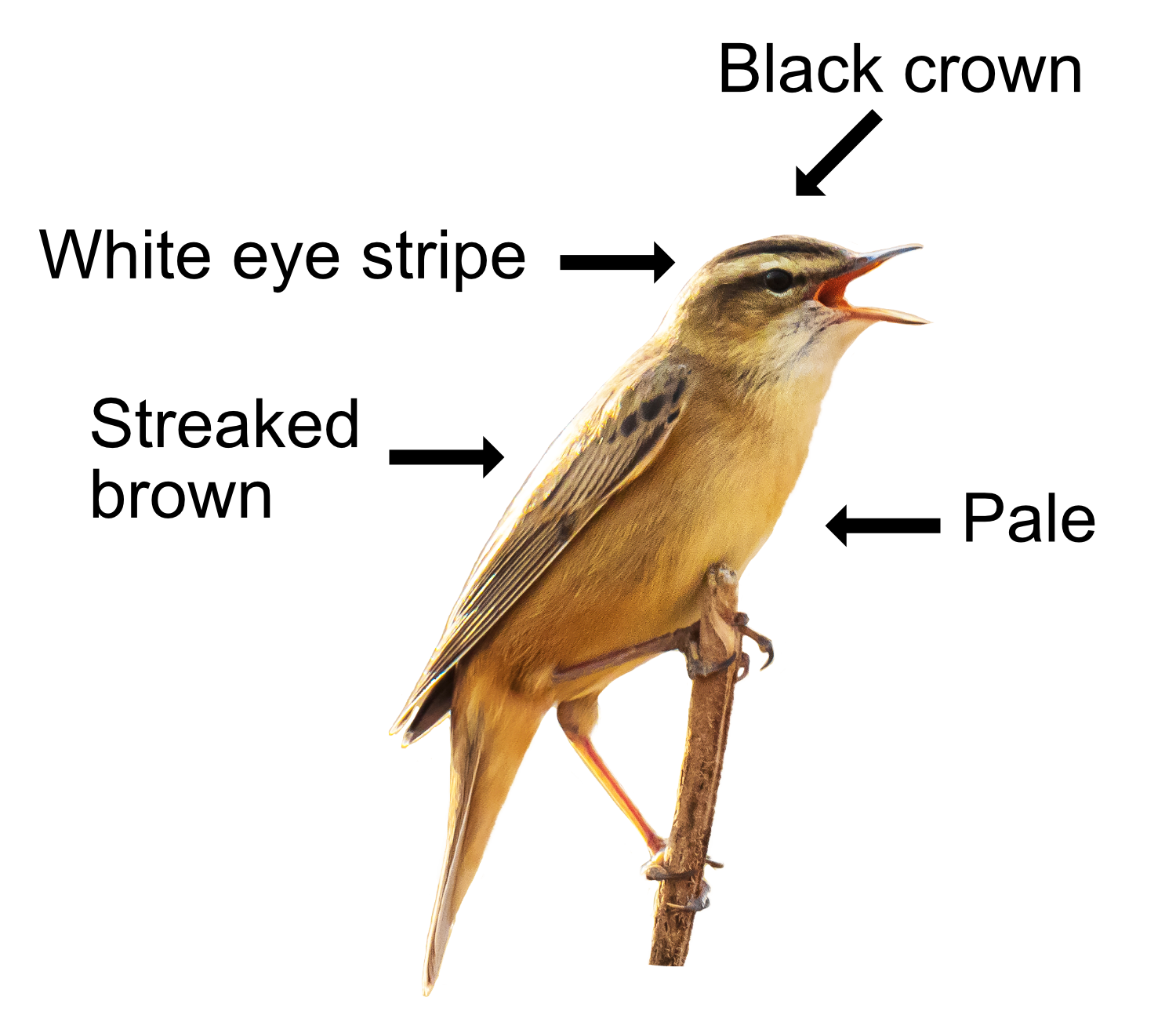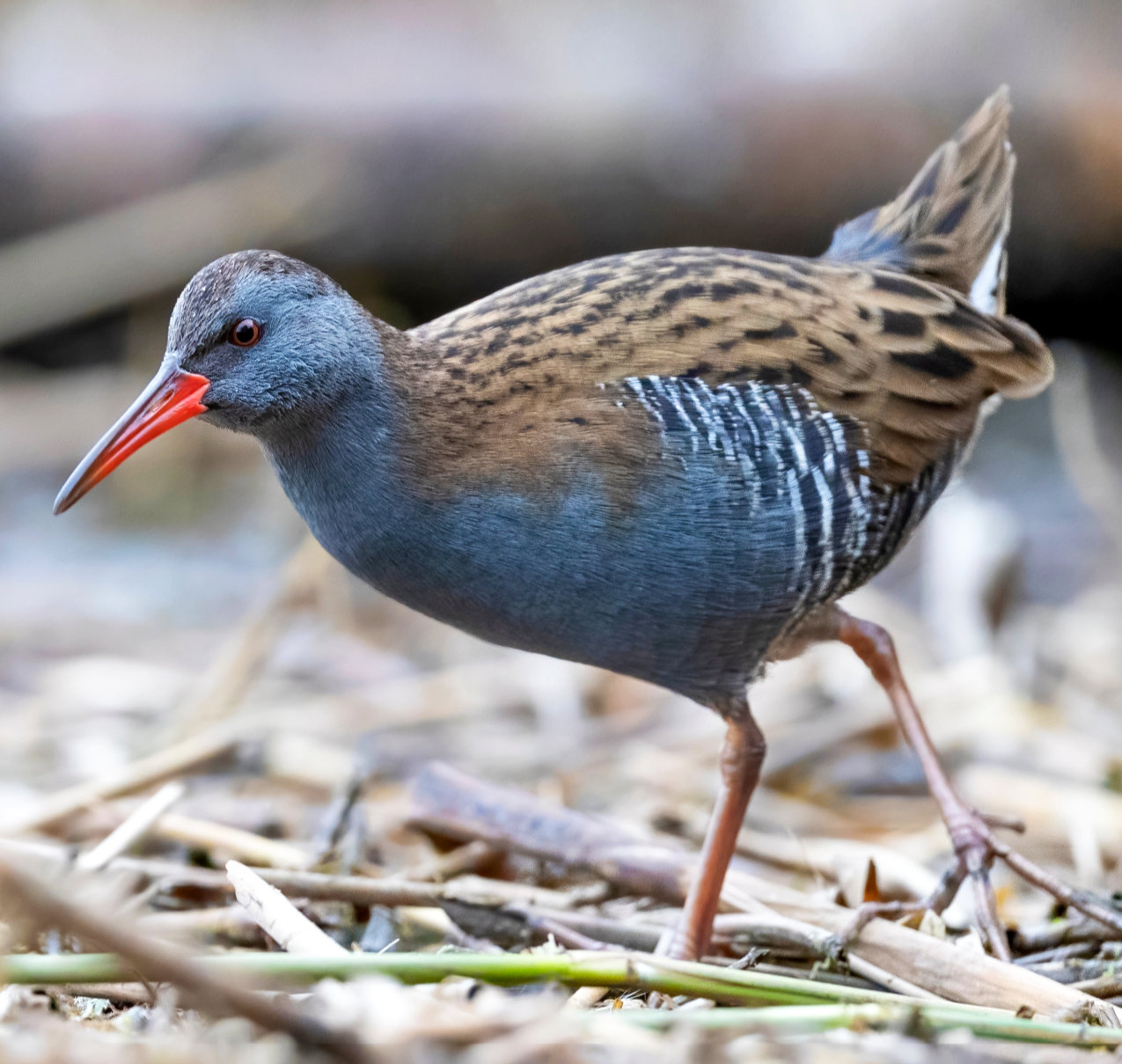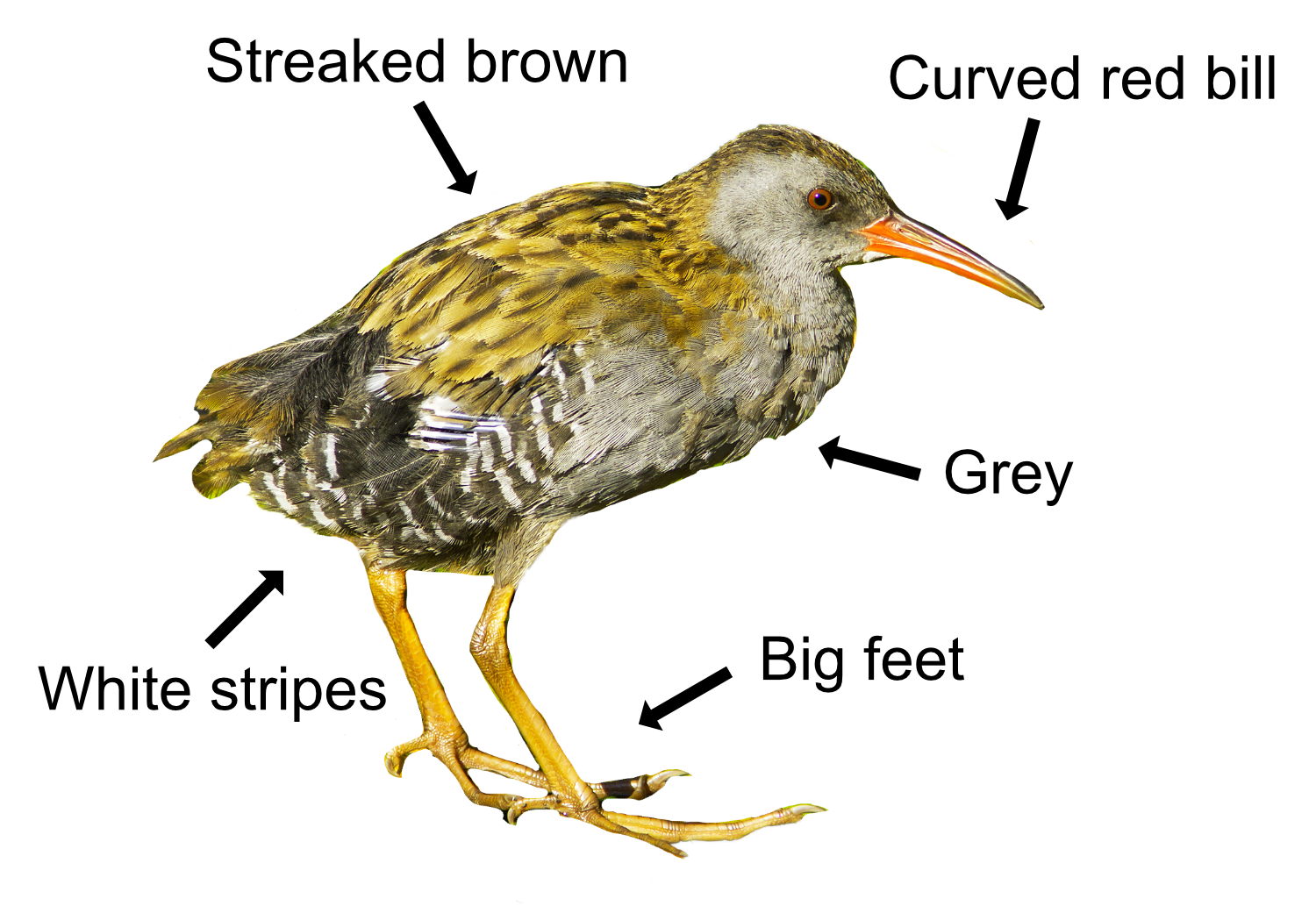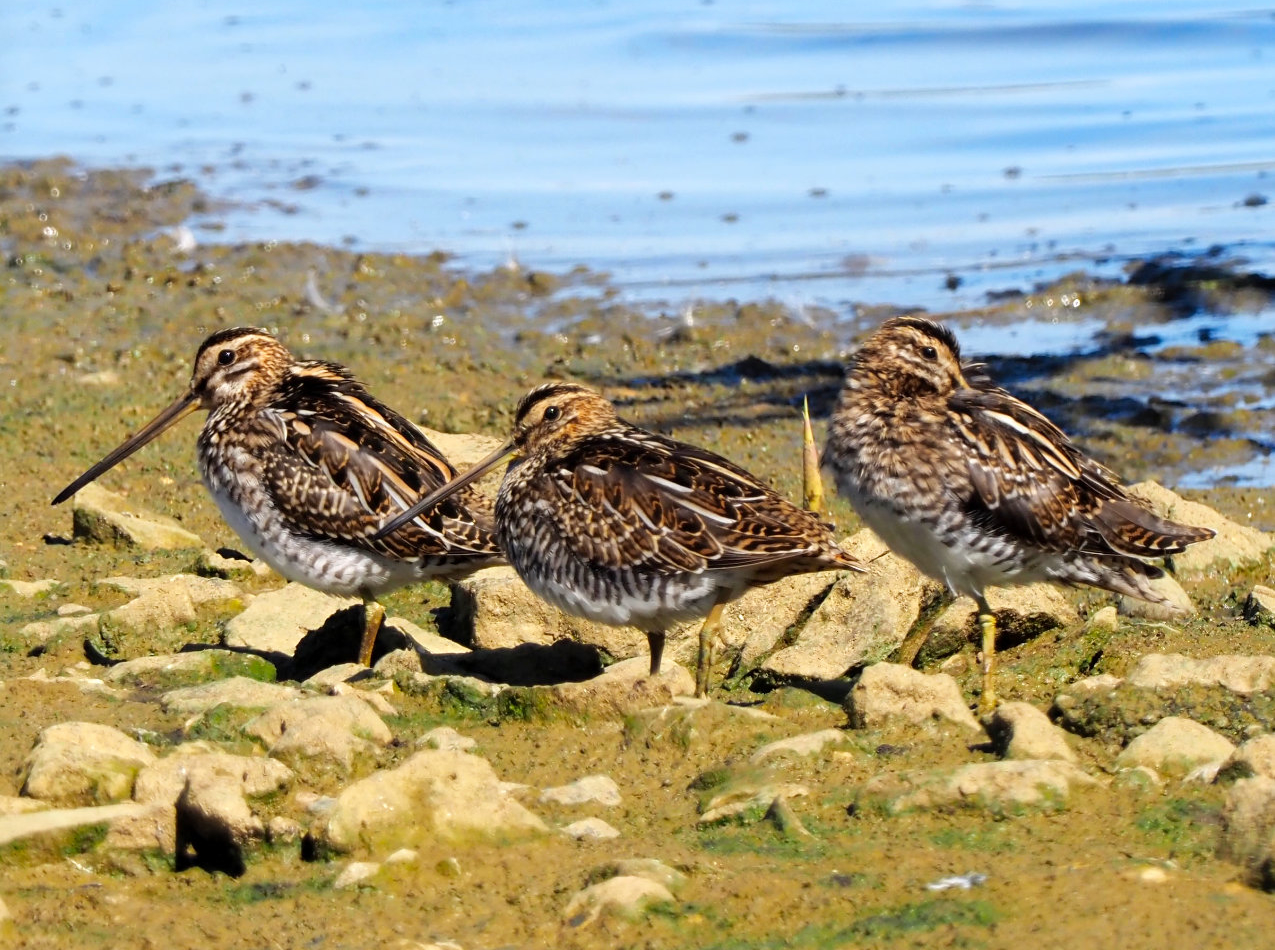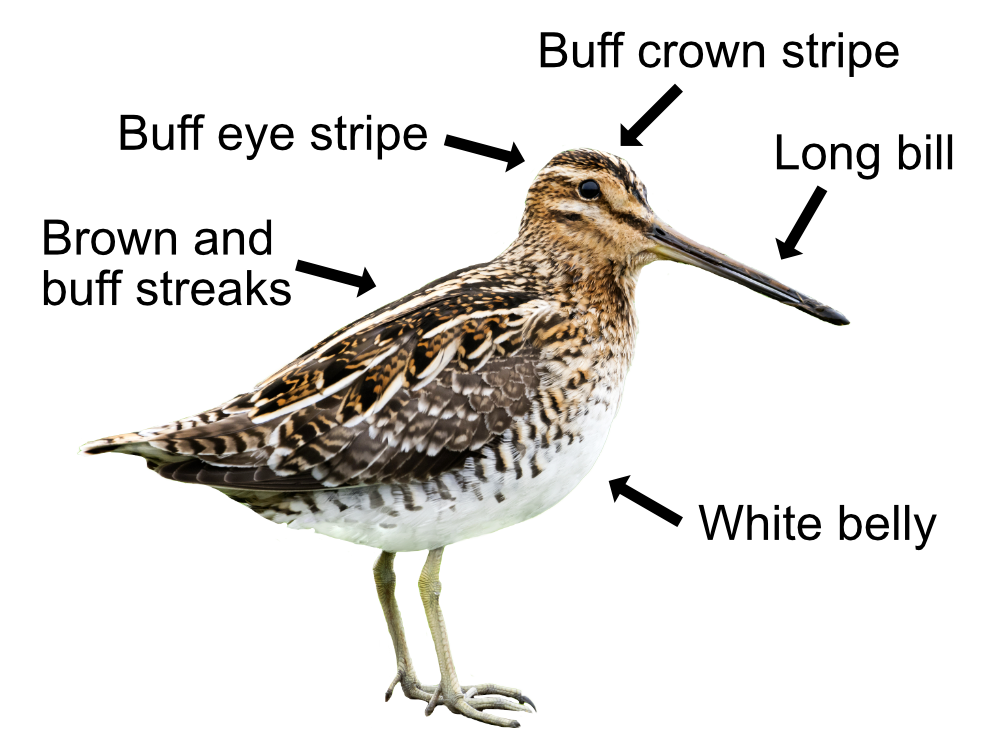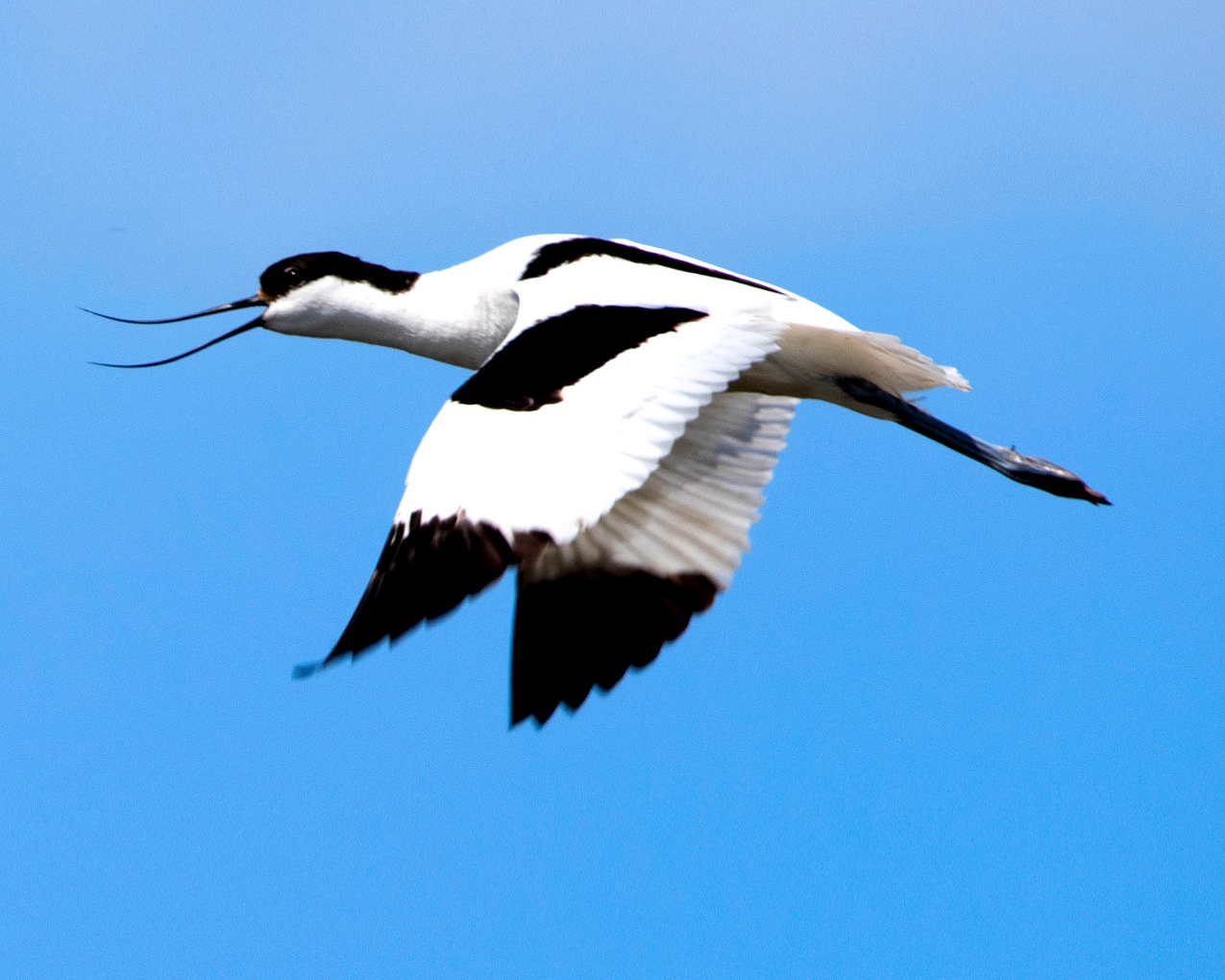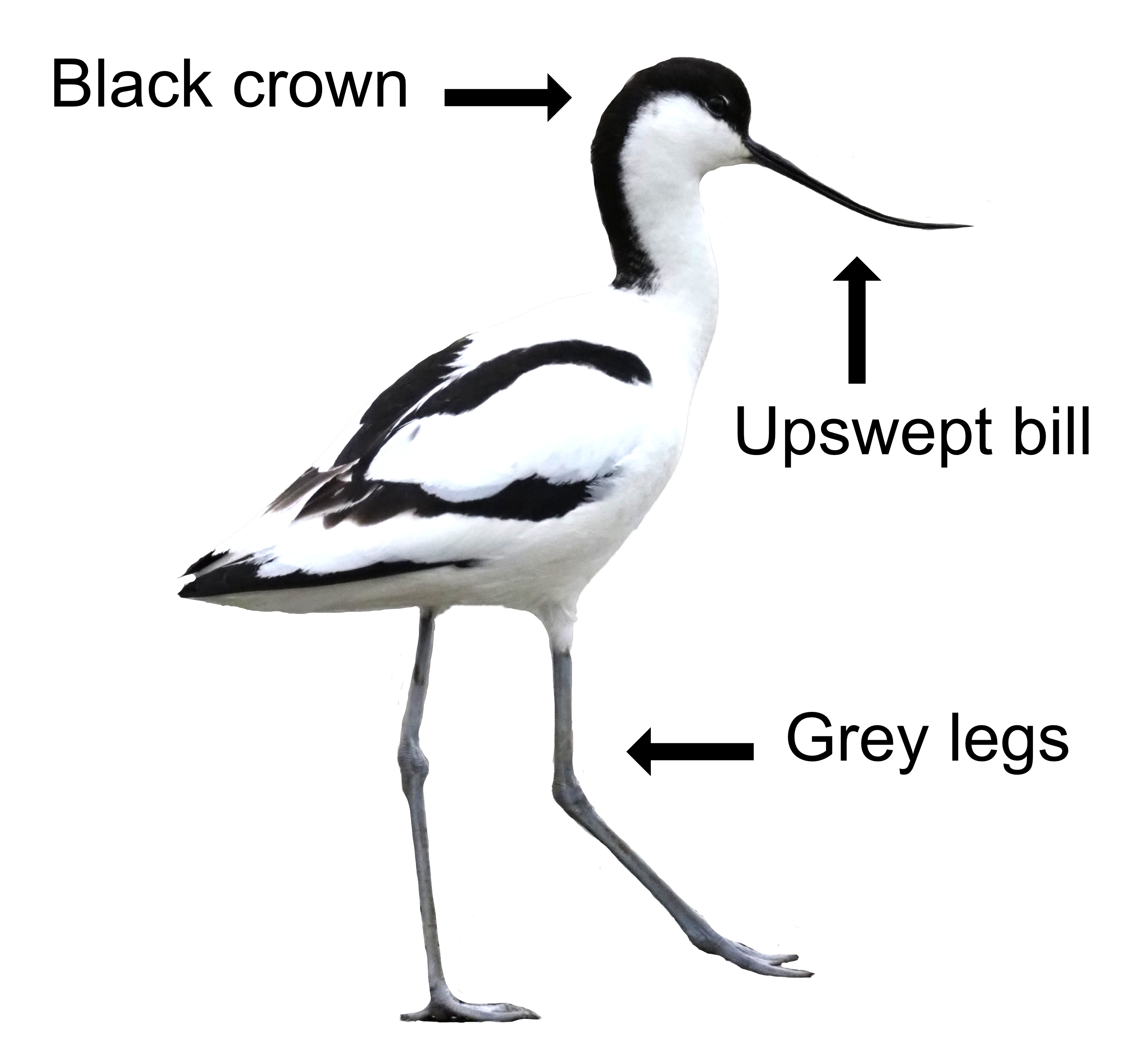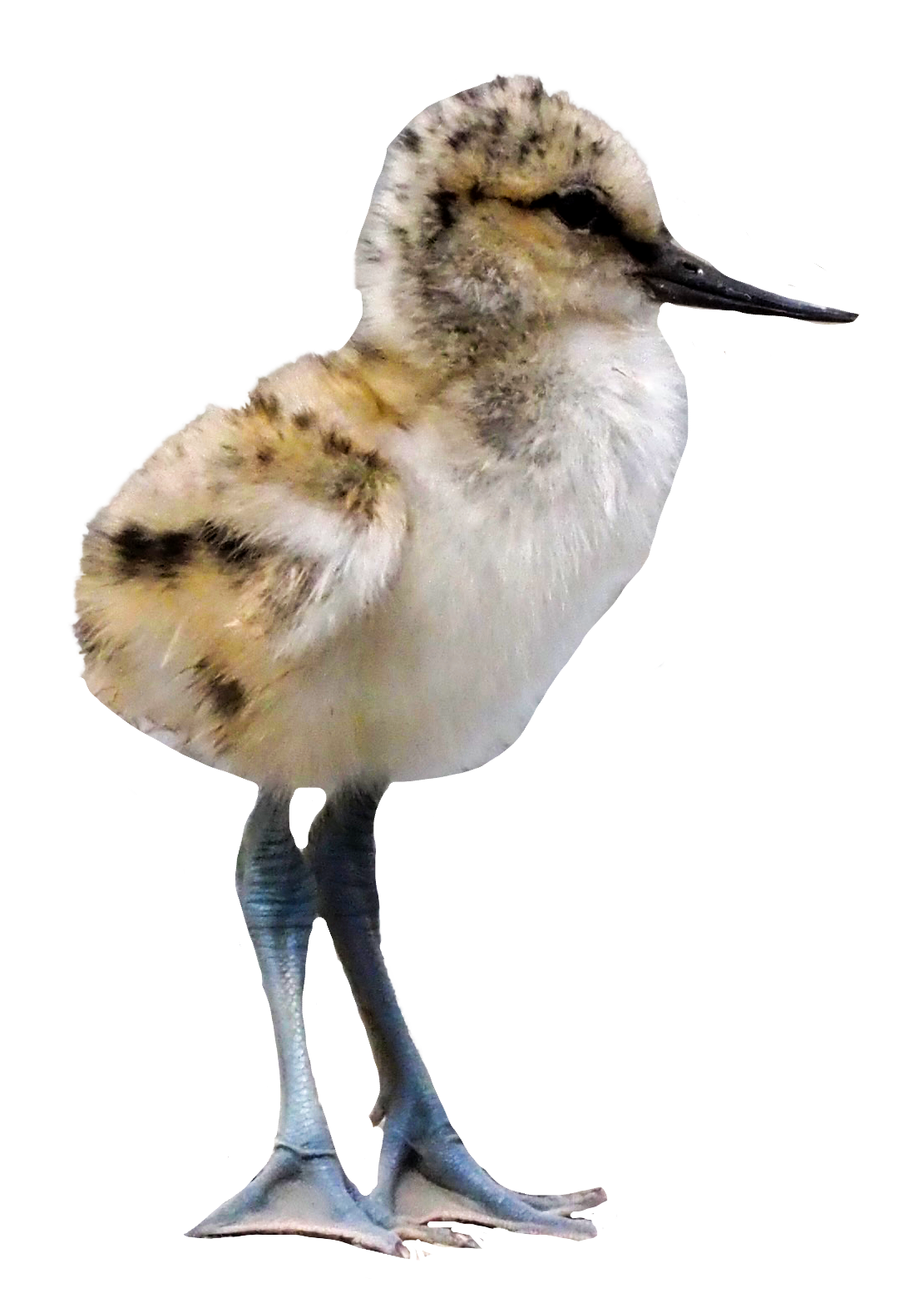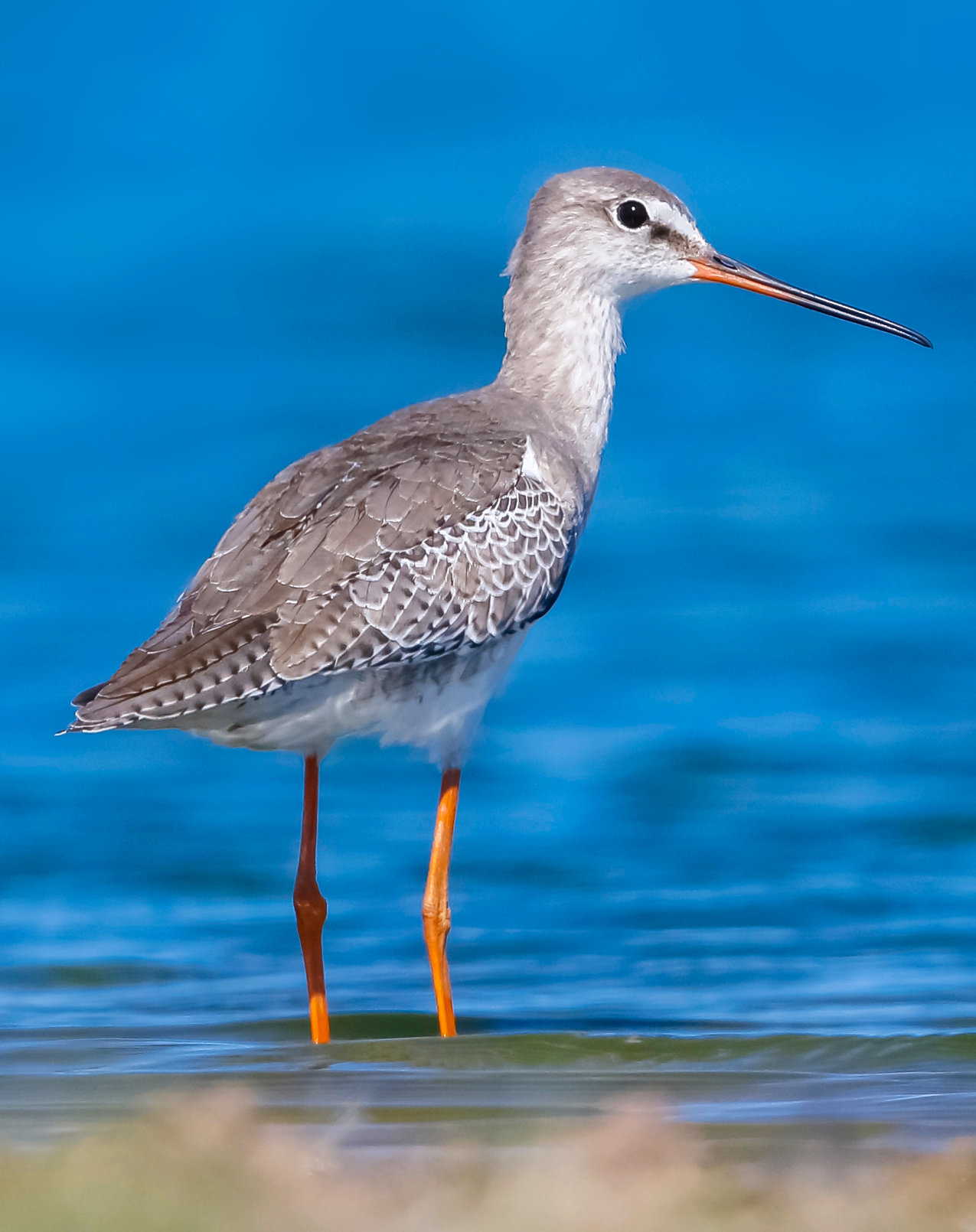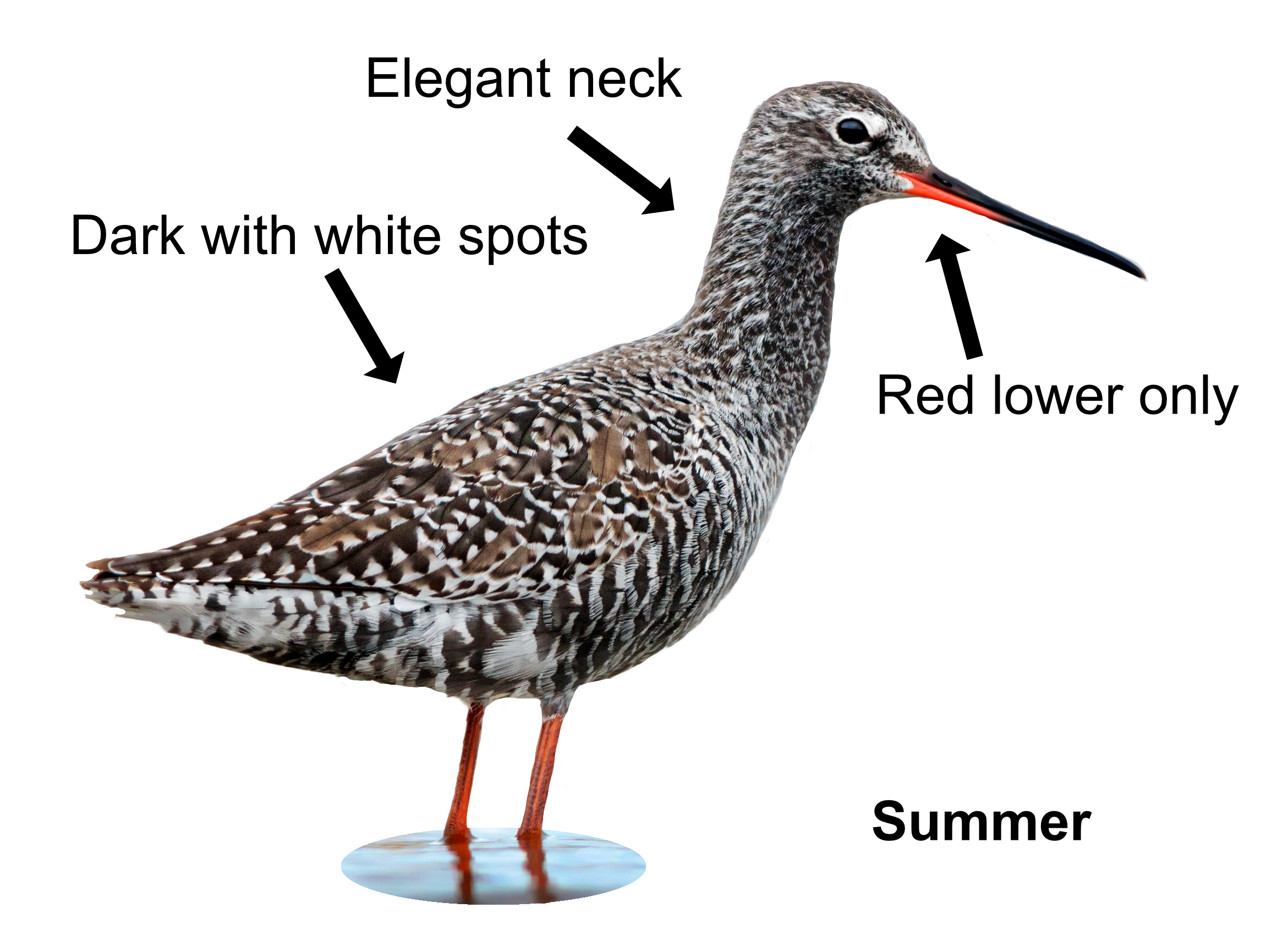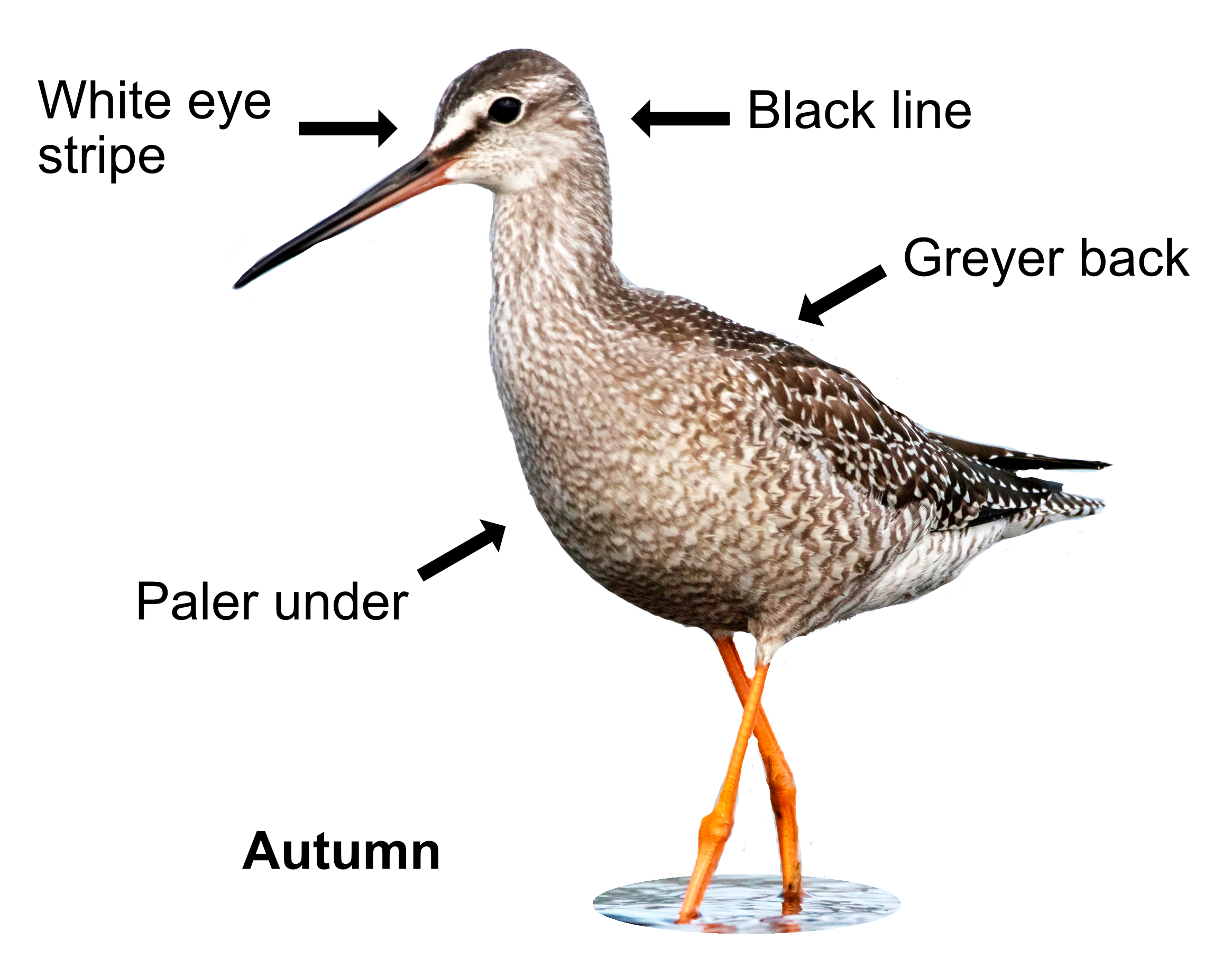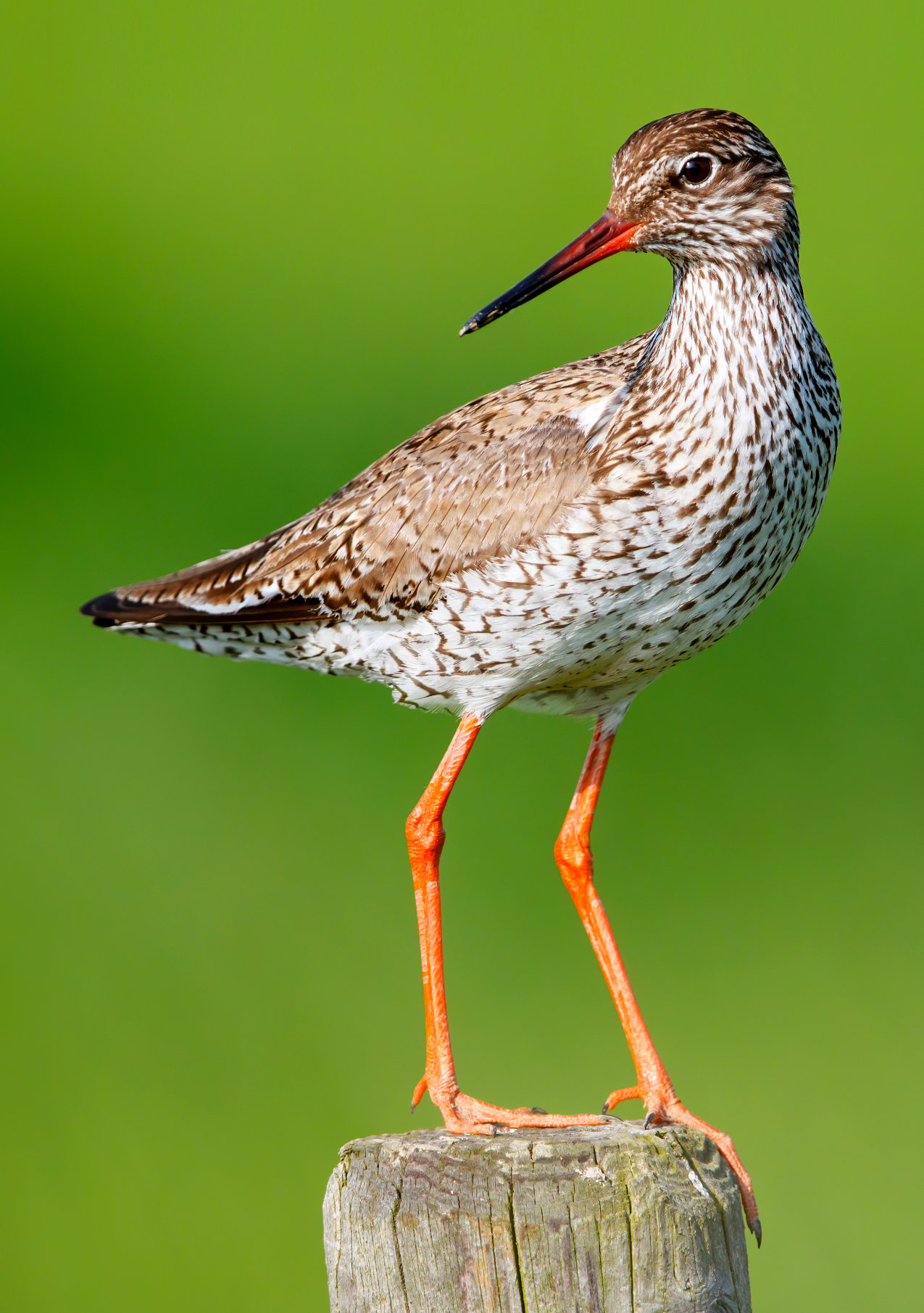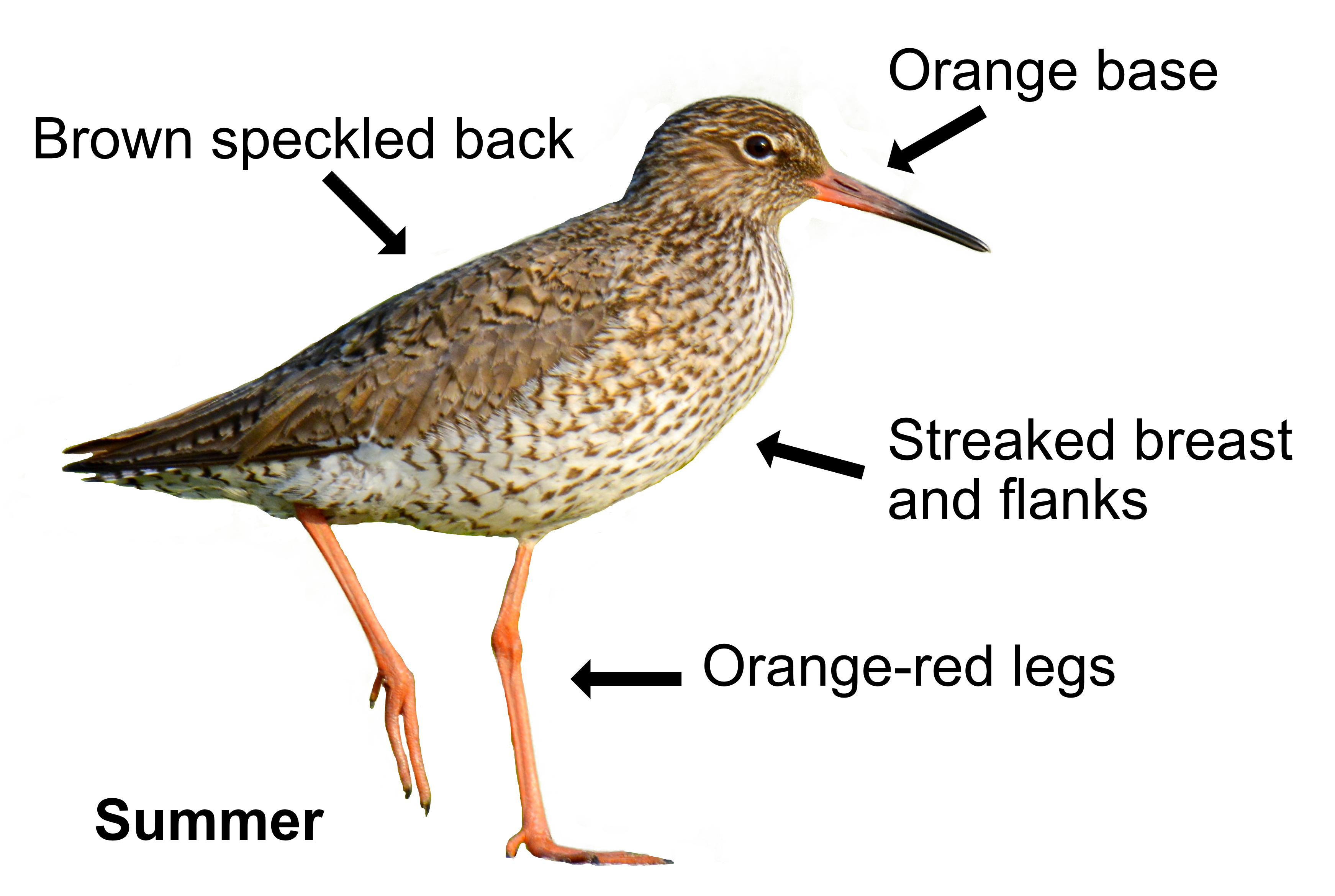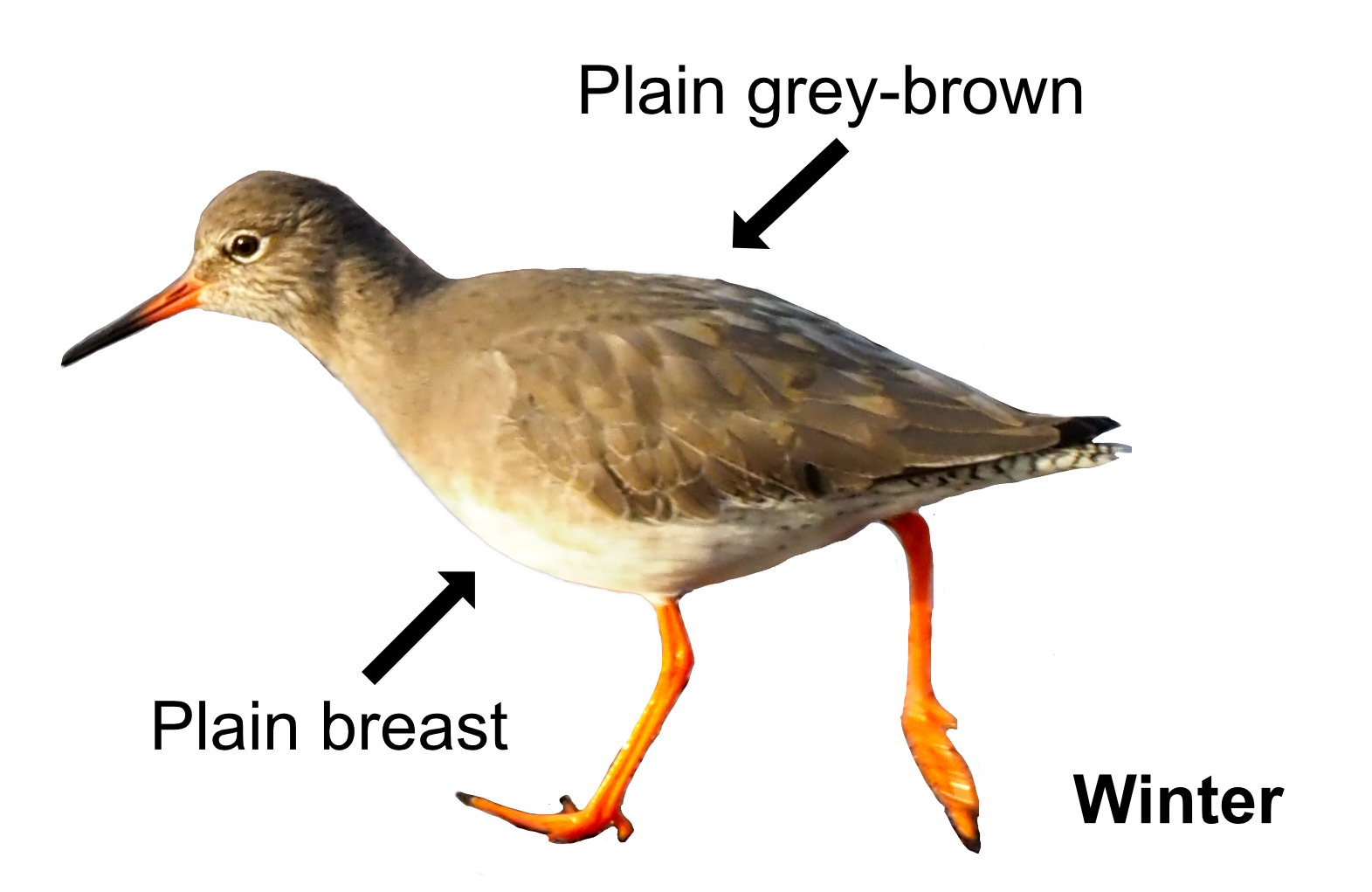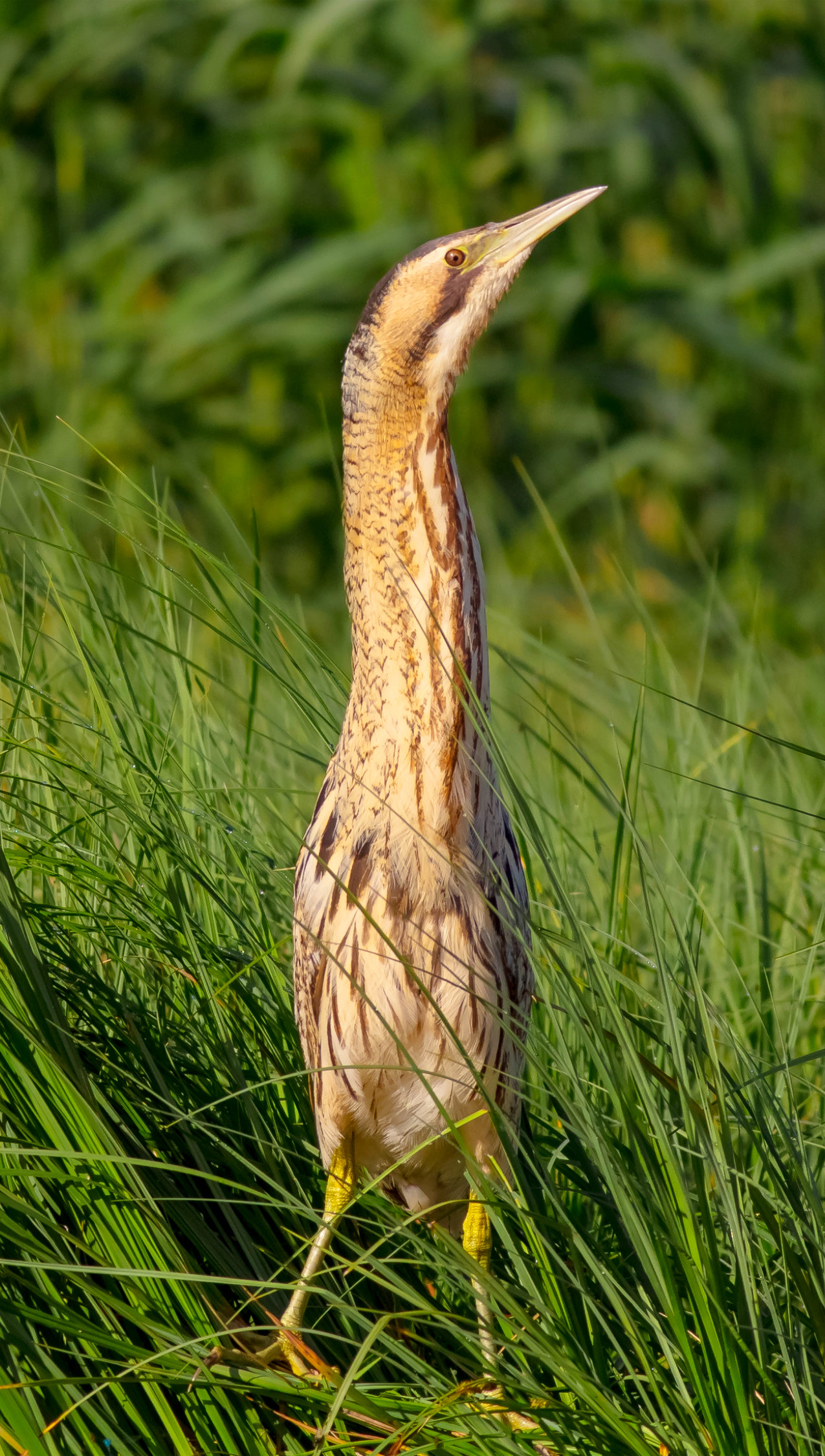
Another very secretive reedbed bird. The booming call of a Bittern is unmistakable, like someone blowing across the top of a very large milk bottle. Despite its size, it is tricky to spot being a master of camouflage, you can look right at one and not know it's there until it blinks. Bitterns are loners and spend a lot of time standing still. When you do see one, it is magic.
The Bittern is brown, streaked with black and buff to match the reeds. It has a black crown, long dagger bill, and huge light green feet. It flies owl-like on broad rounded wings with its neck hunched up like a Heron's. When alarmed it points its bill skywards and sways to mimic reeds in the wind. The deep booming call is heard mainly between March and July, typically at dusk, and the low note can carry for up to 5km!
Bitterns eat mainly fish, especially eels. A bit of a cockney geezer. It will also snack on small birds and amphibians. It searches for food with the tip of its bill, which makes it vulnerable if the water freezes over and it can't get its bill through the ice. Many will die in a harsh winter.
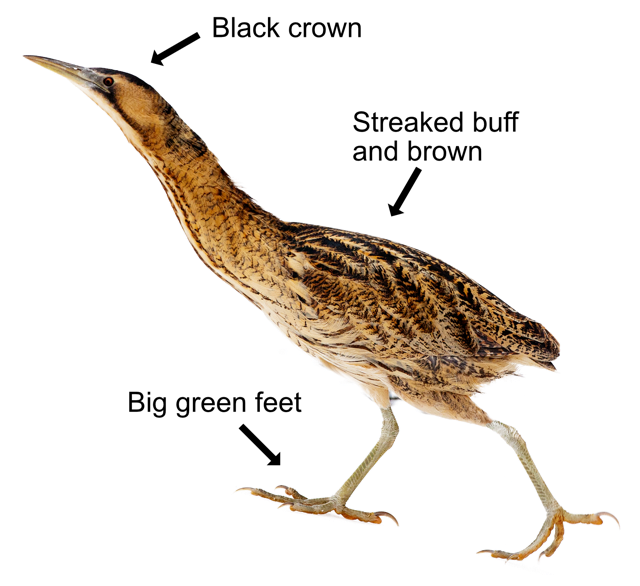
Bitterns return to their breeding grounds in spring. The male Bittern defends a large territory and uses his booming call to attract one or more females. Once he has done his business, like a good East End lad, he leaves the missus to do everything. She makes a nest from a heap of dead reeds and lays 4-6 eggs which hatch after 25 days. The youngsters leave the nest after 15 days and are cared for by mum until they can fly 50 days later. The youngsters disperse from the breeding ground in late summer and may visit smaller reedbeds and riverside marshes as they move about to find their own patch. Young Bitterns can breed after 1 year and their average lifespan is 10 years.
Many Bitterns stay within their territories, though some northern Bitterns will move south in autumn and be joined by others from northern Europe. There are 160 breeding pairs in Britain with numbers swelling to 600 in winter. There are about 29,000 Bitterns across all of Europe. The drainage of wetlands and the removal of eggs by egg collectors nearly wiped Bitterns out in Britain. In 1997 there were just 11 males left. Thankfully, their numbers are now steadily rising. The small numbers and their nature reserve dependency make them Amber Listed.
Their Latin name is 'botaurus stellaris' where 'botaurus' is derived from the Latin 'bos' for 'ox' and 'taurus' for bull because of the bellowing call. The 'stellaris' is Latin for 'starred' and refers to the Bittern's speckled plumage. The English name is a corruption of the Latin. Other names include; 'bog thumper', 'bull of the bog', 'bog hen', 'boom bird' and 'bottle bump'. Imagination runs wild when things are hard to see.
